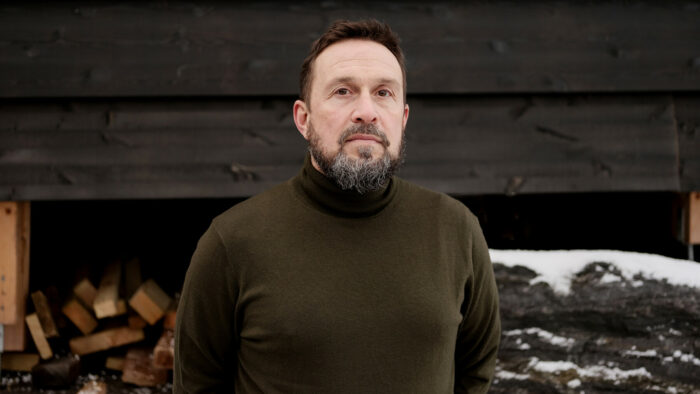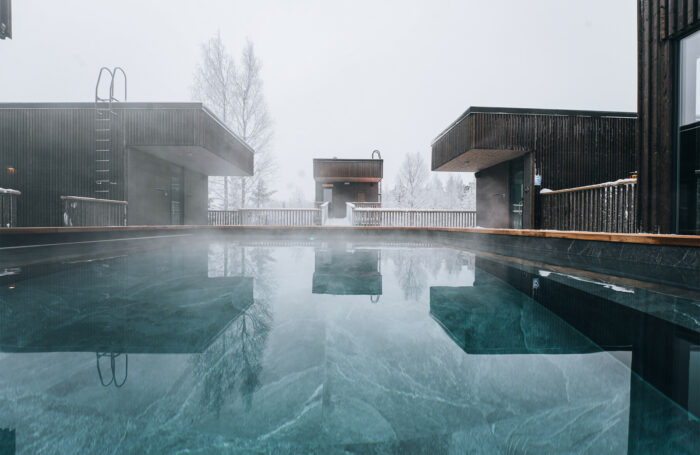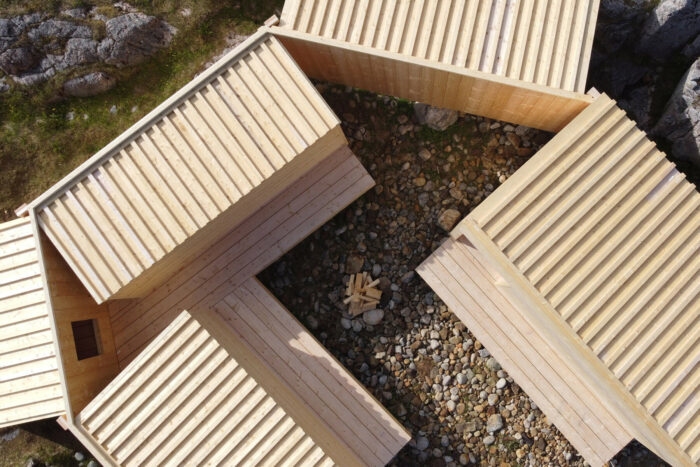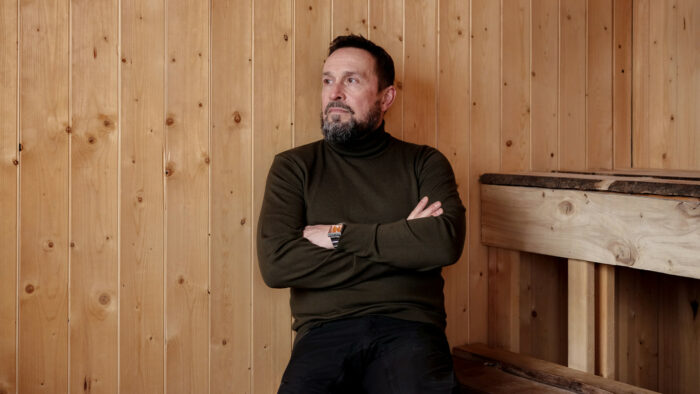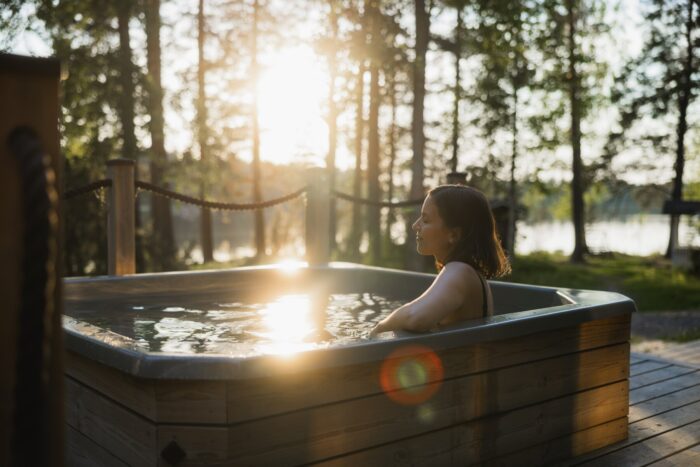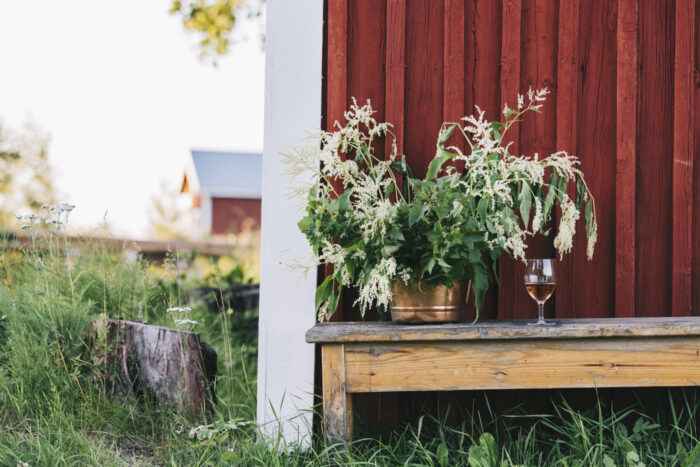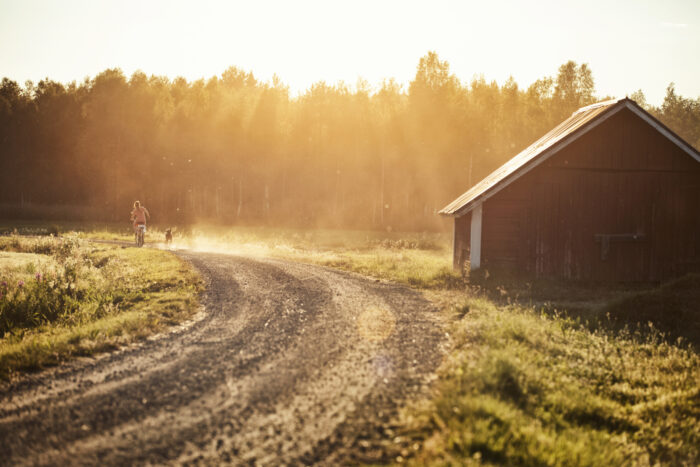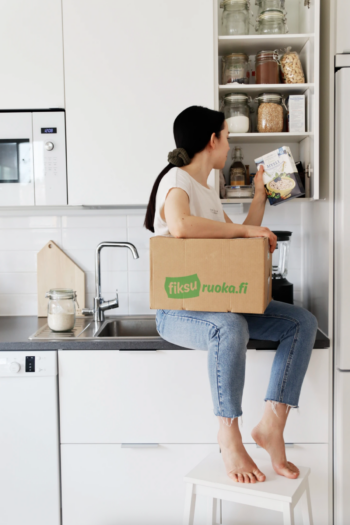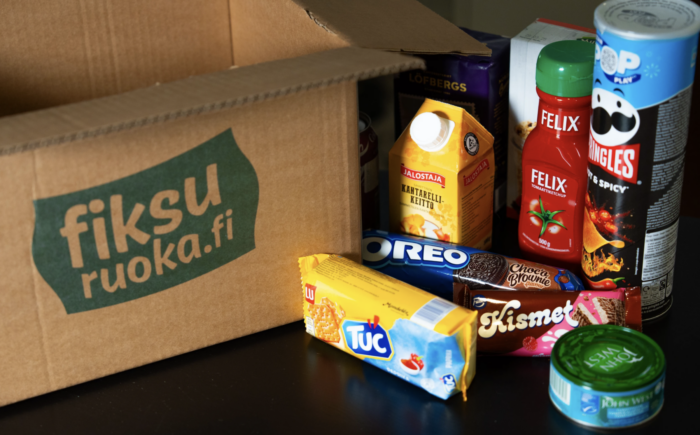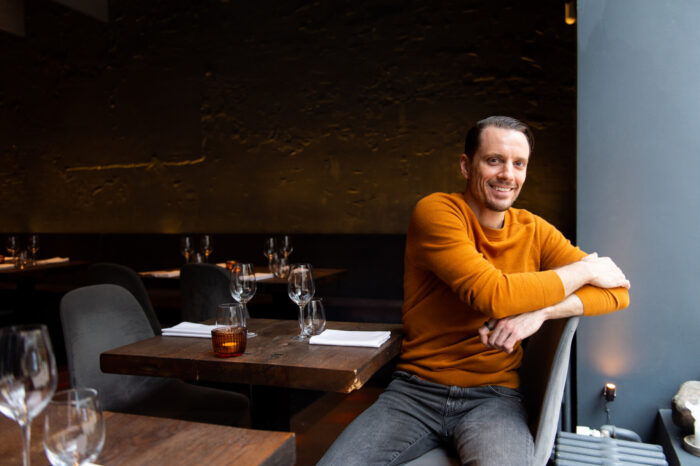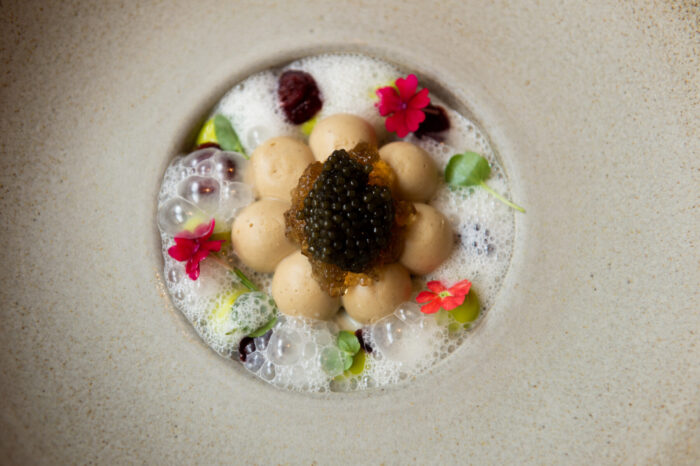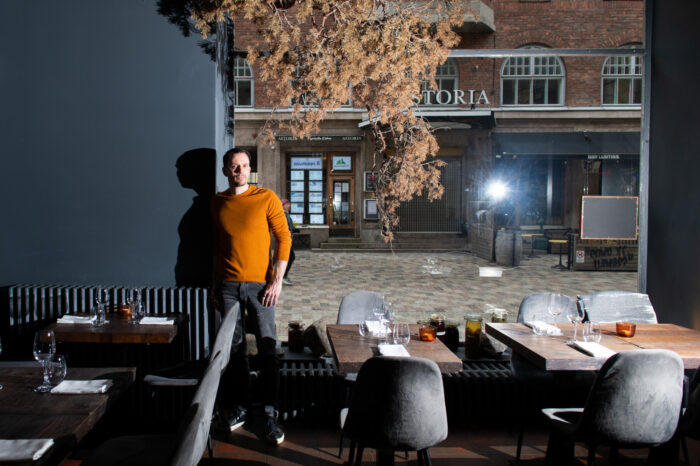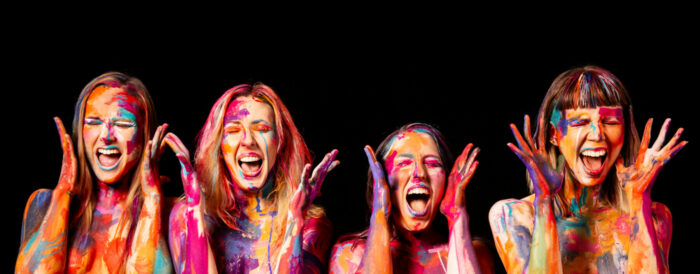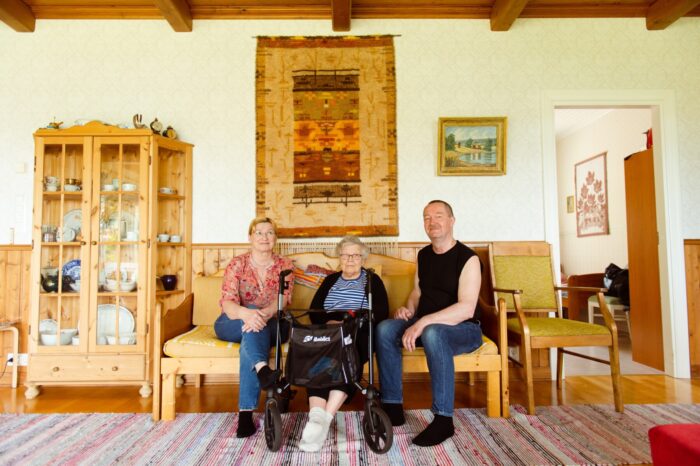Let’s talk about fitness – not the kind that wins gold medals or graces Olympic podiums, but the kind that belongs to everyone: the delightfully casual variety, where the only goals are rosy cheeks, a light sweat and a brighter mood.
On any given Sunday in Finland, you’ll spot brisk walkers chasing their daily 10,000 steps, or, come winter, skiers slinging through snowy forests that look like the setting of a Nordic nature documentary.
What drives Finns to jump onto their bikes at the first hint of spring, or to hit the trails for Nordic walking (fitness walking with poles that resemble ski poles, so that your arms also get a workout – a Finnish invention)?
The early days of fitness in Finland
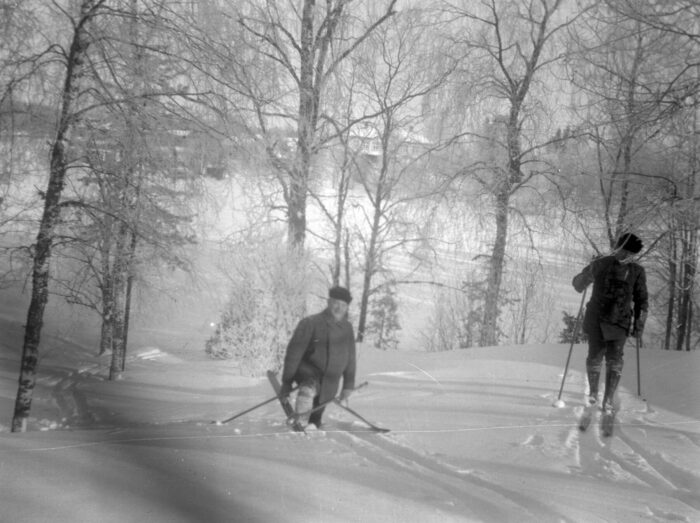
Cross-country skiing has long been part of Finnish life. These two men were photographed skiing through deep snow in 1917.Photo: Axel Tammelander/Vapriikki
There was a time when fitness and sports weren’t part of the daily conversation in Finland.
A few centuries ago, most Finns got their physical activity from everyday life. Chopping wood, hauling water and ploughing the fields left little need (or energy) for recreational jogging.
If people moved for reasons other than survival, it was usually in the form of games, competitions or community gatherings – not something we would call “exercise” in the modern sense of the word.
Something began to shift in the 19th century. Perhaps it was the influence of public enlightenment or the spread of health trends from continental Europe, brought over by Finland’s intellectual elite. Whatever the reason, more people began to participate in sports for enjoyment.
When Finland’s first sports club, Segelföreningen i Björneborg (Pori Sailing Club), was founded in 1856, it planted the first seed of a growing movement. Soon, sports clubs began to spring up across the country like wildflowers in spring.
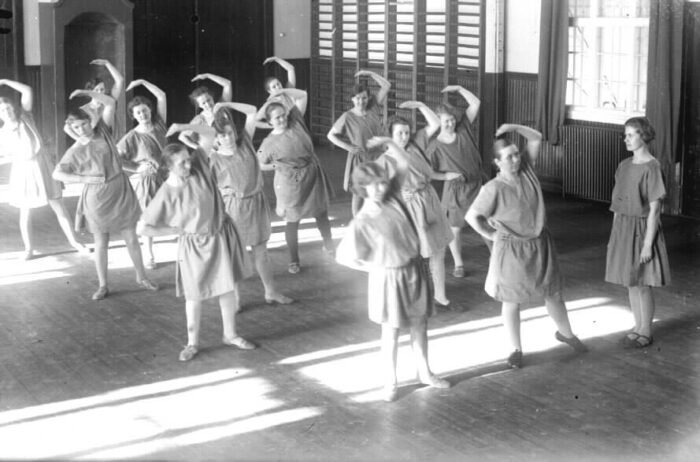
Women practice gymnastics in an undated historical photo. Gymnastics played a role in promoting public health in Finland.Photo: Matti Luhtala/Vapriikki
Civic organisations such as temperance societies, youth associations and labour unions also adopted physical fitness as part of their mission. For example, sharpshooter battalions and volunteer fire brigades promoted physical activities, particularly skiing competitions.
By the late 19th century, gymnastics had become a part of school curricula, with exercise serving as a way to improve the physical health of citizens.
Olympic victories in the early 20th century sparked a true sports craze and bolstered national pride. Finland won its first two Olympic medals in 1906, and by the 1924 Paris Olympics, the tally had risen to 37.
A shift in everyday life
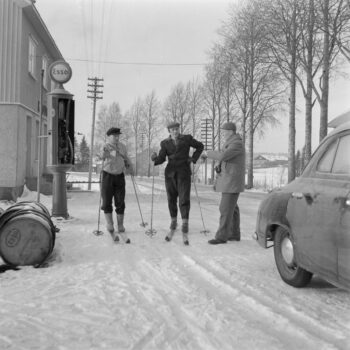
The Pirkka Ski Race began in the 1950s and continues today. Covering 90 kilometres (56 miles), the trail attracts more than 1,000 participants each year.Photo: U.A. Saarinen/Finnish Heritage Agency
As the new century progressed, the everyday lives of Finns changed significantly. A growing number of people moved from the countryside to urban areas, and many jobs began to demand mental acuity rather than physical strength.
Exercise was no longer an automatic part of daily life. To maintain physical fitness, people had to start working out intentionally.
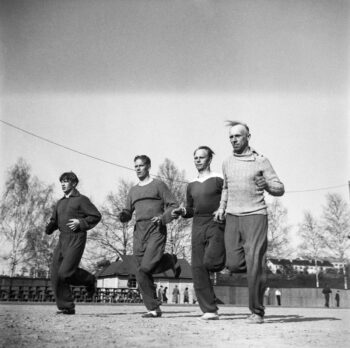
Men run across a sports field in 1948, reflecting the postwar emphasis on physical fitness and organised athletics in Finland.Photo: U.A. Saarinen/Finnish Heritage Agency
Lauri “Tahko” Pihkala, one of Finland’s most vocal advocates for physical fitness, promoted the idea that a strong, active population was essential – not just for individual health, but for the strength of the nation as a whole. Physical conditioning was seen as a matter of civic duty and national defense.
People were encouraged to take up skiing and jogging, not because they needed to get from one place to another, but for the sake of movement itself. The founding of Suomen Latu (literally “Finland’s trail”) in 1938 marked a turning point: Finland now had its first organisation dedicated specifically to promoting recreational fitness among ordinary citizens.
The five-day workweek and the fitness boom
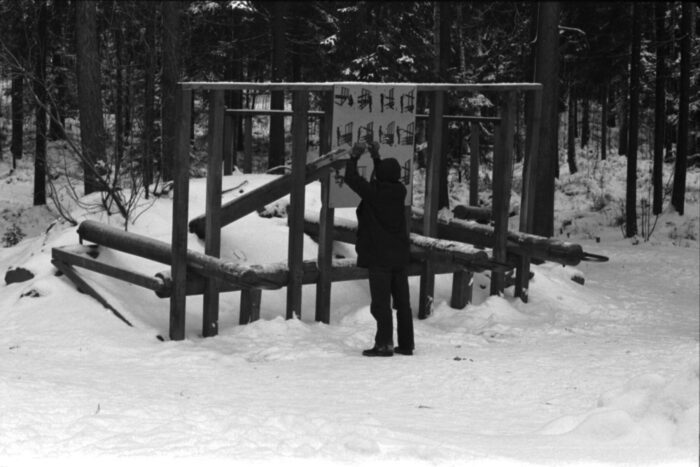
A man uses wooden outdoor fitness equipment in Pirkkola, northern Helsinki, in the winter of 1974. Photo: Eeva Rista/Helsinki City Museum
A significant shift in Finnish behaviour occurred in the late 1960s, when many workplaces adopted the five-day workweek. By then, a majority of Finns were living in cities, and with more free time on their hands, people began exploring new ways to stay active beyond traditional pastimes like sauna sessions and berry picking.
Especially in urban areas, opportunities for exercise expanded significantly. By the 1970s, Finland had built dozens of swimming halls to provide year-round access to aquatic sports – an important form of fitness and recreation, especially in winter, when outdoor swimming wasn’t feasible. Alongside swimming halls, most municipalities also developed sports fields and jogging tracks to encourage active lifestyles.
Fitness was in the air. And tracksuits were having a moment.
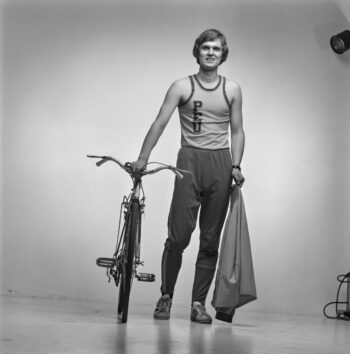
A man models the Perniön Urheilijat sports club tracksuit in 1974. Tracksuits became popular in Finland as recreational fitness grew in the 20th century.Photo: Kari Pulkkinen/Finnish Heritage Agency
As fitness culture grew, so did the demand for practical sportswear. In the 19th and early 20th centuries, there were few clothes designed specifically for exercise. But by the mid-20th century, more flexible, comfortable garments – such as tracksuits – became popular for their ease and style for workouts and casual wear alike.
Tracksuits became an iconic symbol of an era when awareness of exercise was spreading in Finland. Because some people took to wearing tracksuits all the time, not just for sports, the clothing was also the object of jokes about fashion sense – but it had found a lasting place in the national identity. As far as fashionability is concerned, tracksuits have experienced ups, downs and resurgences over the decades, and they can still inspire nostalgic or ironic reactions.
Fitness in Finland today
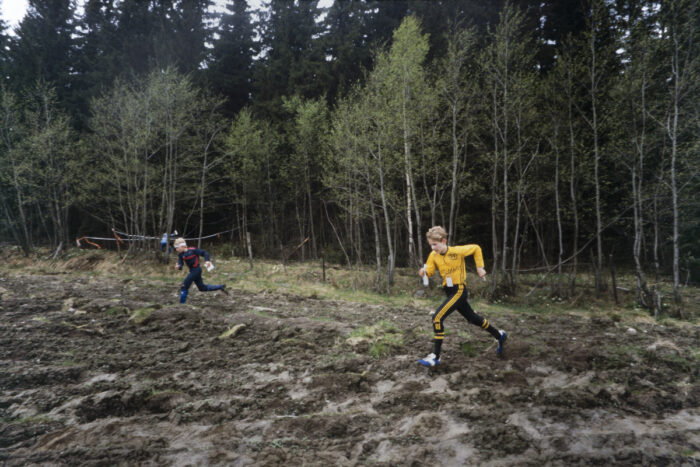
Orienteering has long been popular in Finland. This photo from 1983 shows two boys taking part in an event.Photo: Hannu Lindroos/Finnish Heritage Agency
Today, fitness is widely encouraged by public authorities at both national and municipal levels. From building bike paths and jogging trails to funding fitness centres, the message is clear: healthy citizens lead to a healthier society – and to lower public health costs.
So, what’s the deal with all this sweating? Are Finns chasing six-packs, better health or just a little peace of mind? Probably all of the above. Finland’s UKK Institute for Health Promotion Research says most working-age Finns exercise to stay in shape, clear their heads and keep the doctor away.
Walking and gym sessions are the go-to favourites, while kids stick to soccer like it’s a rite of passage. No matter where you live, there are plenty of opportunities: swimming pools, jogging trails, and outdoor gyms. There are even sets of open-air fitness stairs you can climb – usually well over 100, sometimes several hundred.
You may wish to take a cue from Finland’s current president, Alexander Stubb, a devoted triathlete who once said, “One hour of exercise brings two hours of energy to your day.”
Text by Emilia Kangasluoma, June 2025
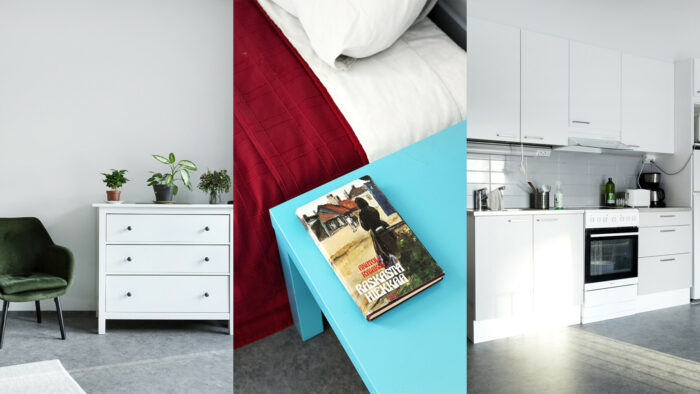
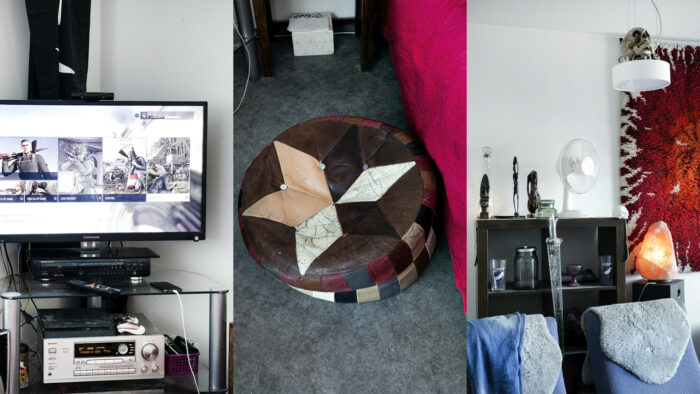
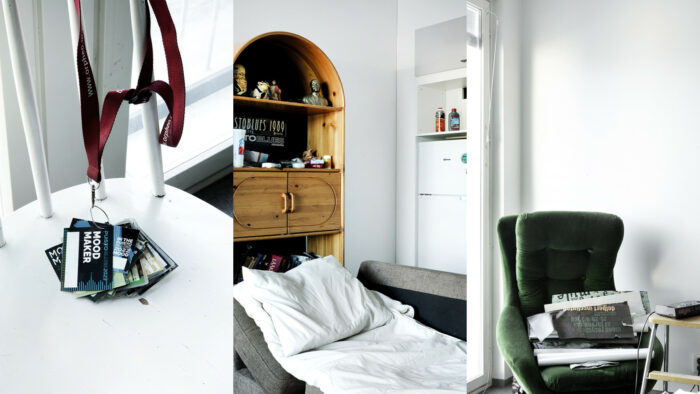
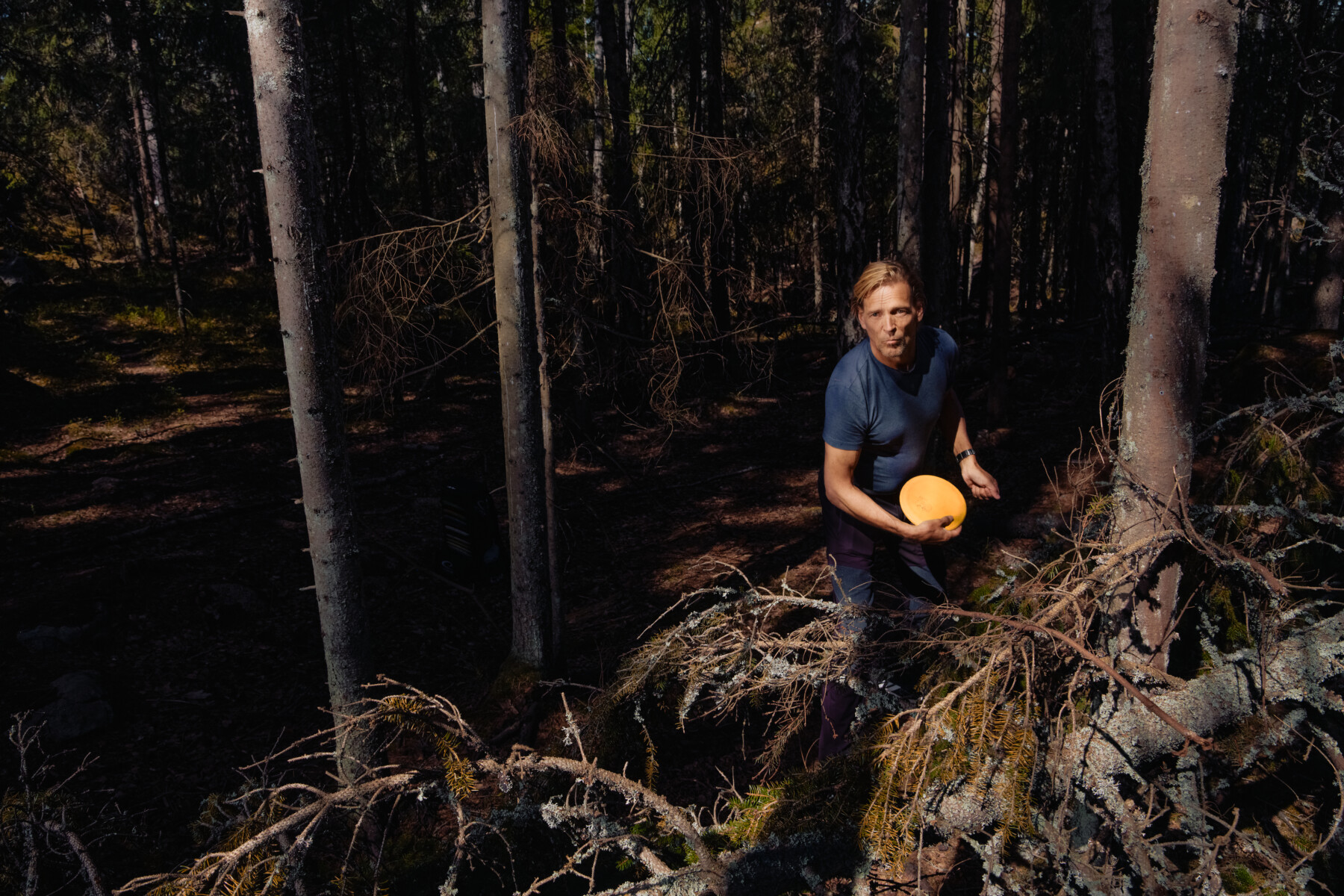
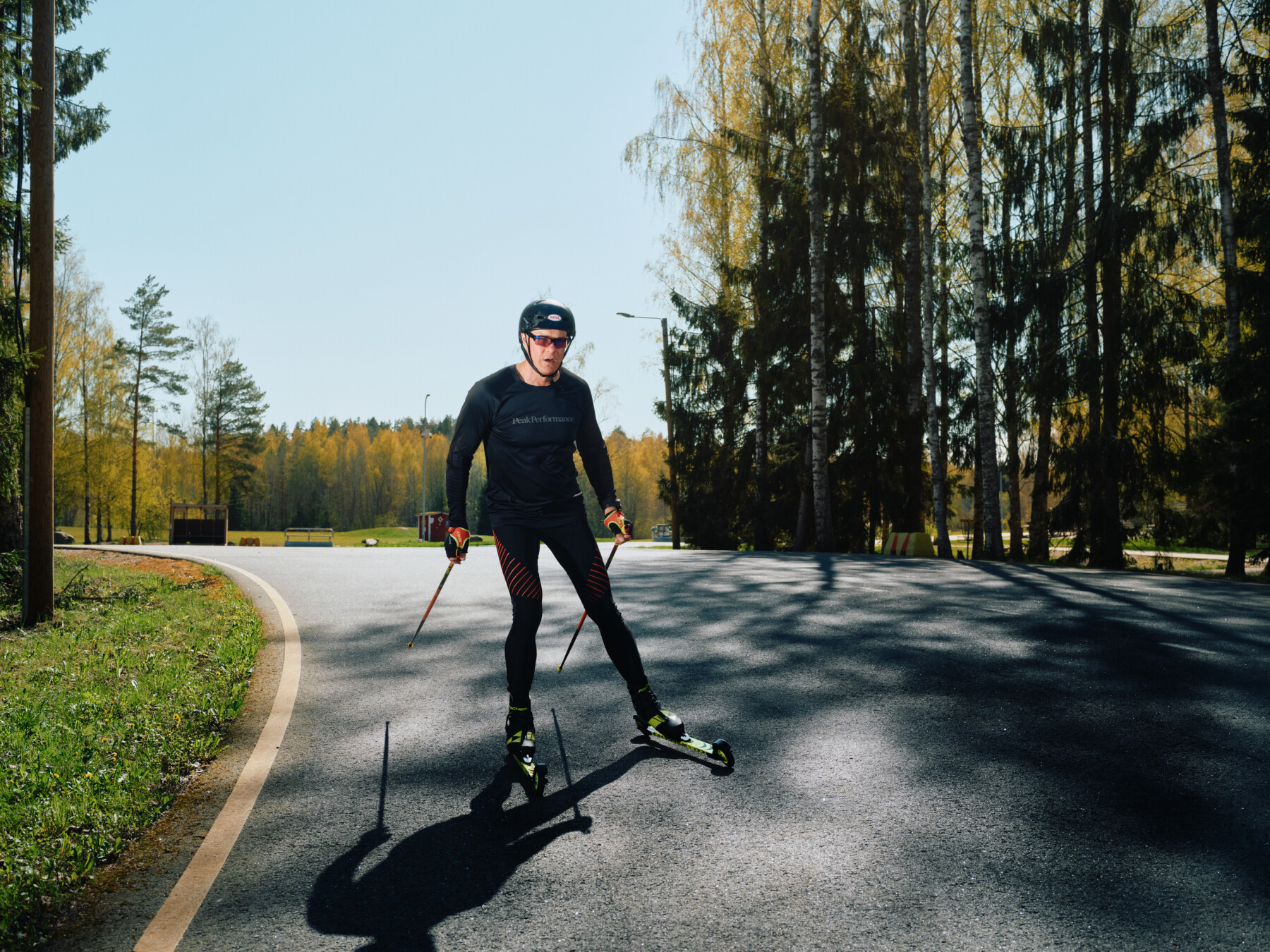 For Jukka Toivanen, 60, sports are a way of life. He enjoys skiing, running, swimming and working out at the gym.
For Jukka Toivanen, 60, sports are a way of life. He enjoys skiing, running, swimming and working out at the gym.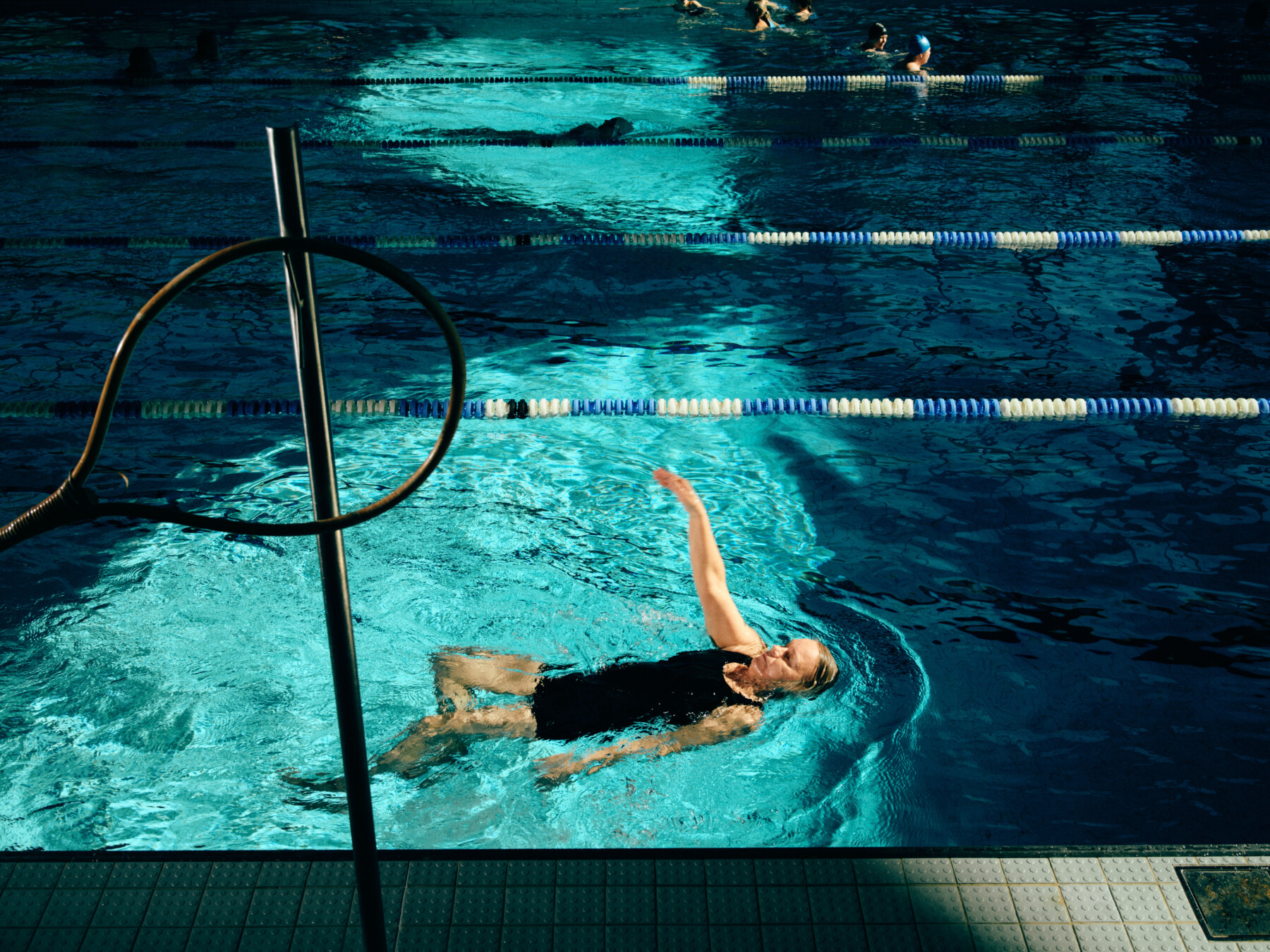 For Helena Harju, 60, swimming eases her back pain and brings joy to her daily life. She loves being in the water every chance she gets.
For Helena Harju, 60, swimming eases her back pain and brings joy to her daily life. She loves being in the water every chance she gets.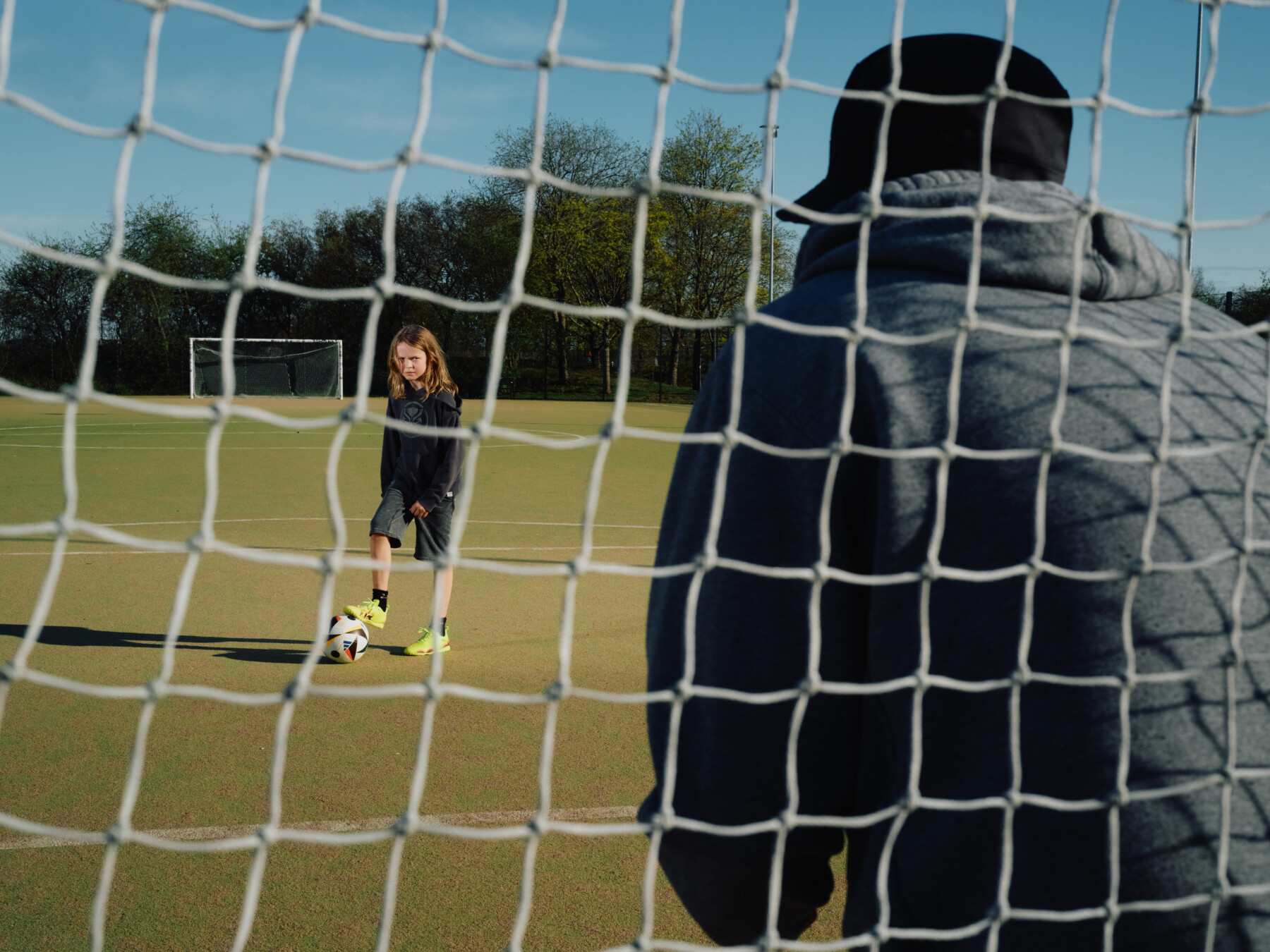 Inspired by the World Cup, Tiitus, 11, took up football, which became a shared hobby with his father, Jaakko Vehkaperä, 49. For them, sports are a way to bond and spend time together.
Inspired by the World Cup, Tiitus, 11, took up football, which became a shared hobby with his father, Jaakko Vehkaperä, 49. For them, sports are a way to bond and spend time together.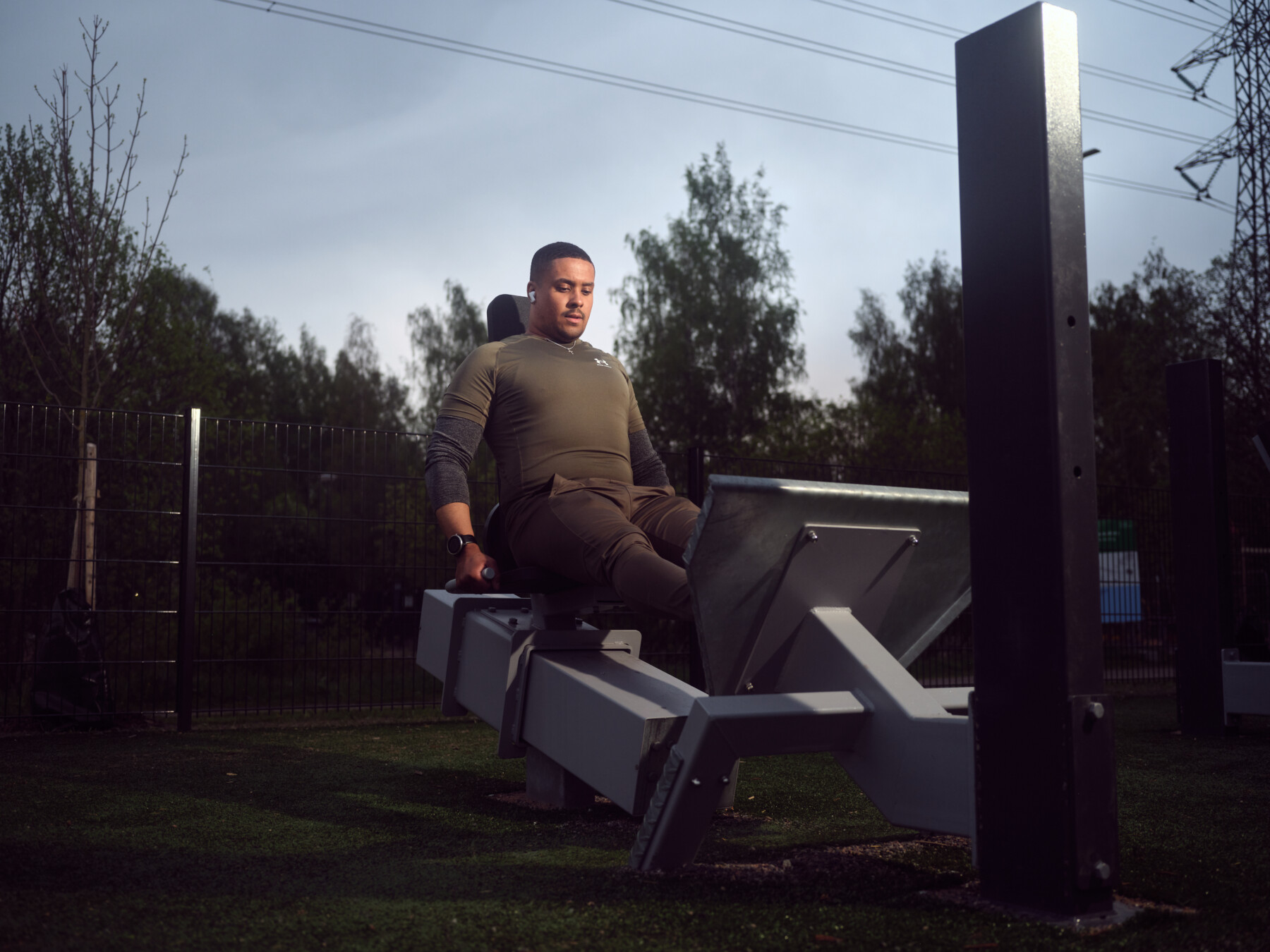 Roland Rasanen, 25, underwent surgery on both wrists due to physical work, and after recovery, he felt a strong desire to get moving again.
Roland Rasanen, 25, underwent surgery on both wrists due to physical work, and after recovery, he felt a strong desire to get moving again.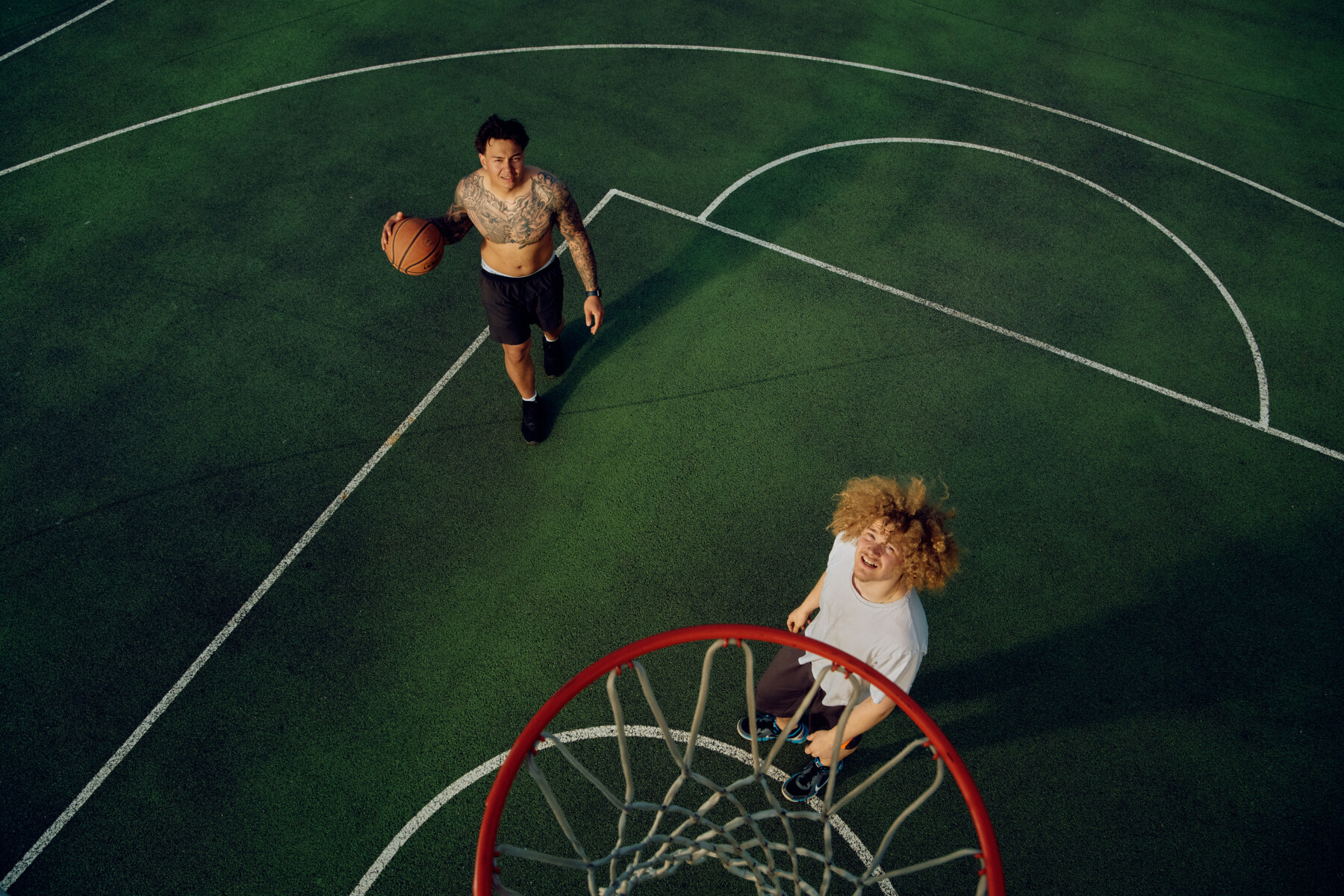 Pekka Partinen, 23, and Ville Holopainen, 22, belong to a group of friends who have known each other since primary school. Their shared love of sports has kept them close over the years.
Pekka Partinen, 23, and Ville Holopainen, 22, belong to a group of friends who have known each other since primary school. Their shared love of sports has kept them close over the years.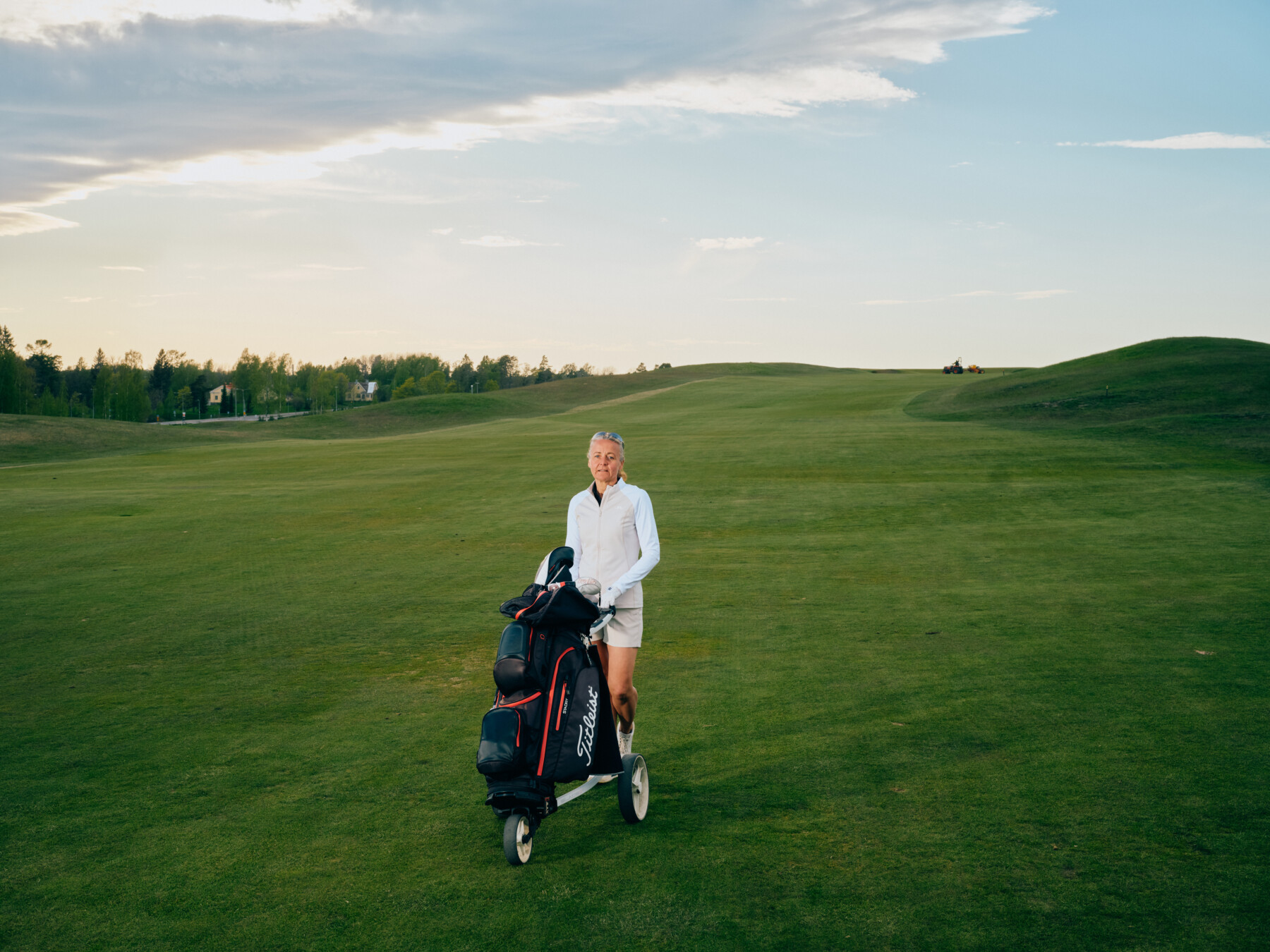 For Annika von Behr, 52, golf offers the perfect mix of challenge and exercise – last year, she walked nearly 1,500 kilometres (930 miles) on the course. Annika also enjoys pilates, padel and jogging.
For Annika von Behr, 52, golf offers the perfect mix of challenge and exercise – last year, she walked nearly 1,500 kilometres (930 miles) on the course. Annika also enjoys pilates, padel and jogging.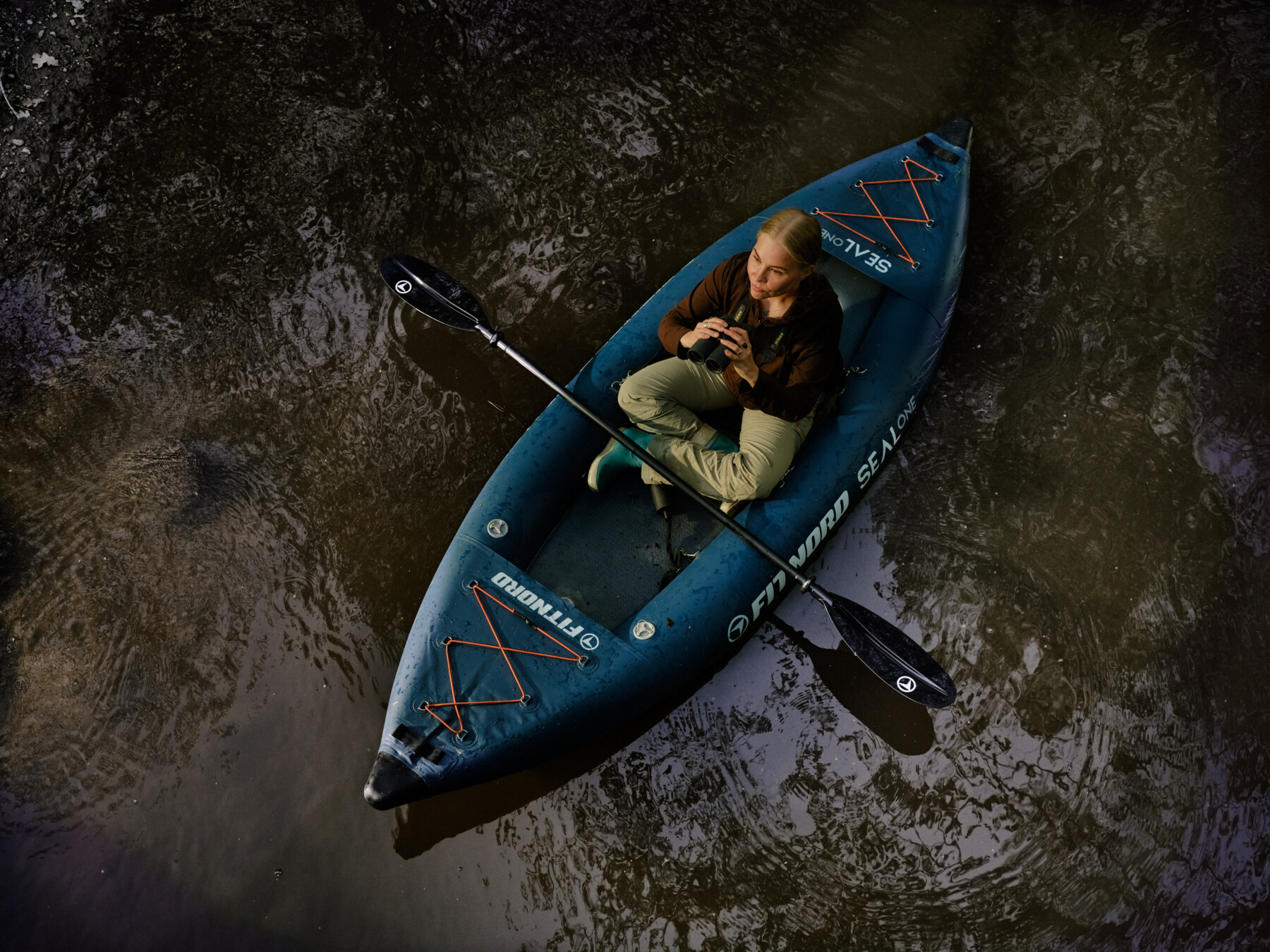 Ilona Koskela, 30, combines exercise and nature observation while canoeing.
Ilona Koskela, 30, combines exercise and nature observation while canoeing.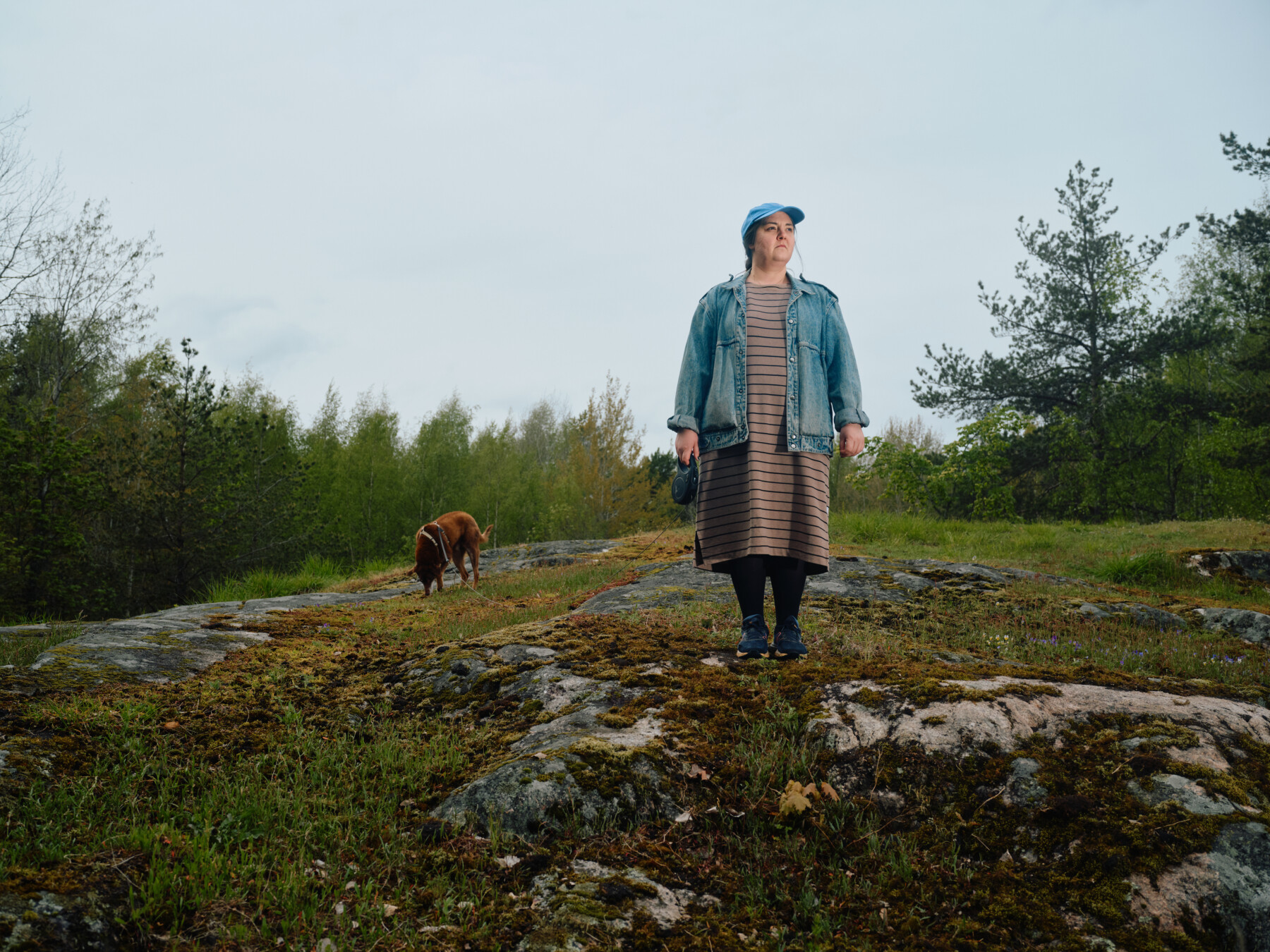 Tytti Lallo, 36, boosts her daily activity by walking with her dog Gadi, typically for an hour at a time. Now an older dog, Gadi has slowed down, swapping running for sniffing around.
Tytti Lallo, 36, boosts her daily activity by walking with her dog Gadi, typically for an hour at a time. Now an older dog, Gadi has slowed down, swapping running for sniffing around.